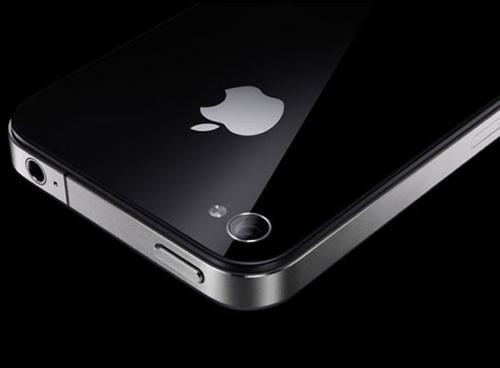Apple To Use Liquidmetal For ‘Breakthrough’ Product, Says Inventor

Apple is reportedly planning a “breakthrough product” made from a new alloy known as Liquidmetal
Apple is reportedly planning a “breakthrough product” that will be made from a new alloy, dubbed Liquidmetal.
That is the claim by one of the investors of the Liquidmetal alloy, Atakan Peker, in an interview with Business Insider.
Apple deal
Apple already has the rights to use Liquidmetal for its devices, after it signed an agreement in August 2010 with Liquidmetal Technologies, to use the latter’s metal alloys in their products.
And last month global securities and investment group Jefferies predicted that the next Apple iPhone will be 20 percent thinner, have a 4-inch screen and may sport liquid metal components.
Liquidmetal promises more durable and lightweight devices. Liquidmetal alloys have a unique atomic structure, more like glass, and are commonly known as “bulk metallic glasses” or “bulk amorphous alloys.”
Traditional metals’ atomic structure is crystalline, but Liquidmetal Technologies’ alloys are amorphous, with no atomic-level patterning. The company has previously claimed that, as a result, its alloys feature a higher yield strength, hardness, corrosion- and wear-resistance, and superior strength/weight ratio to traditional metals and alloys. In theory, this would allow Apple to build lighter, smaller, stronger products, as well as experiment with more unconventional form-factors that nonetheless possess physical strength and durability.
However, a word of caution: Peker told Business Insider that Liquidmetal has not yet been perfected and it has to be matured for manufacturing processes.
“I should note that this is a completely new and different metal technology. Therefore, there is no suitable manufacturing infrastructure yet to take full advantage of this alloy technology,” he is quoted as saying. “For example, I estimate that Apple will likely spend on the order of $300 million (£185m) to $500 million (£308m) – and three to five years – to mature the technology before it can used in large scale.”
Peker described how Liquidmetal looks like typical metal or stainless steel at first glance, as it has a silvery grey metallic colour.
“Its surface can be prepared in various cosmetic finishes, such as bright shiny, satin or brush metallic,” he added. “It feels like a solid strong metal like stainless steel and comes a bit warmer to hand when touching compared to other metals.”
Already used
But Peker also revealed that Liquidmetal components have already been used in some mobile devices by Apple, Nokia, and Samsung.
He said Apple has already used a Liquidmetal component, namely the SIM card ejector pin on the iPhone 3G.
“I am not aware of any other application Apple has used Liquidmetal so far,” Peker said, and he warned it would be two to four years before we see an Apple MacBook boasting a Liquidmetal c asing.
asing.
Breakthrough product
But Peker then expanded upon the possible uses of Liquidmetal in mobile devices, and revealed Apple is working on a breakthrough product.
“I expect Liquidmetal application in two ways: first, evolutionary substitution of current materials and secondly, and more importantly, in a breakthrough product made only possible by Liquidmetal technology,” he said. “Apple’s exclusively licensing a new material technology (specifically for casing and enclosures) is a first in the industry.”
“This is very exciting,” he added. “Therefore, I expect Apple to use this technology in a breakthrough product. Such product will likely bring an innovative user interface and industrial design together, and will also be very difficult to copy or duplicate with other material technologies.”
How much do you know about the iPhone and its rivals? Find out with our quiz!